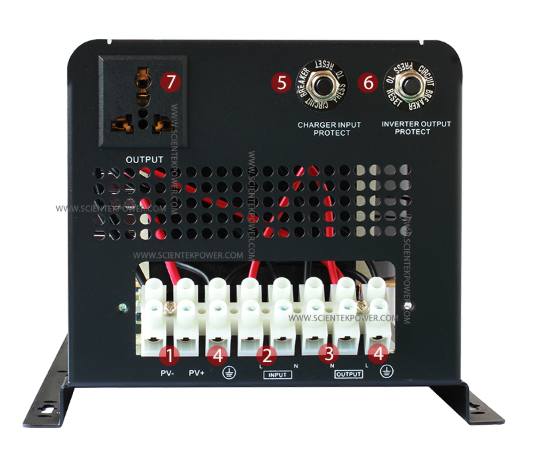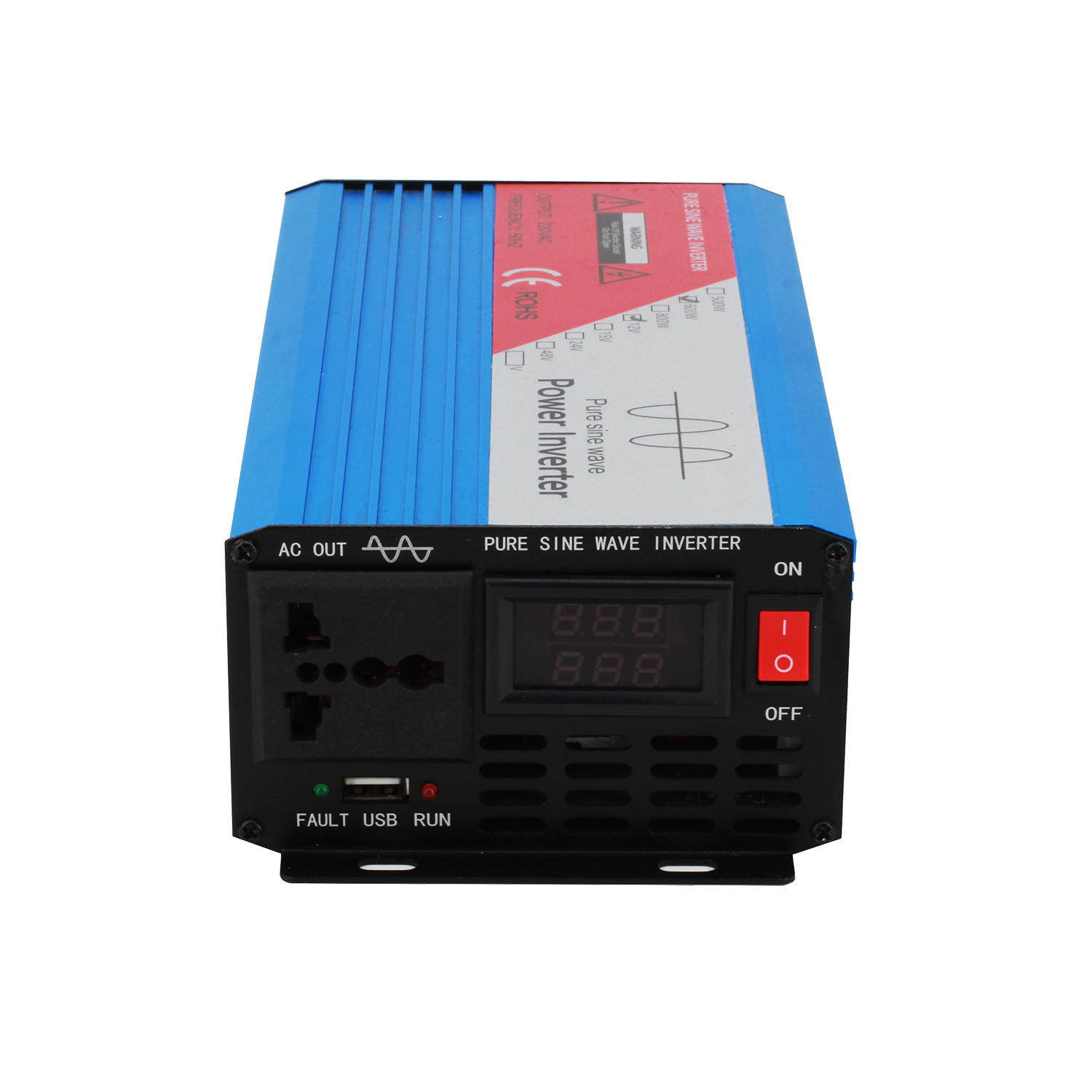The efficiency of solar inverters means that the market for solar inverters (photoelectric inverters) is growing due to the demand for renewable energy. These inverters require extremely high efficiency and reliability.

The inverter is a device that converts the direct current generated by photovoltaic power generation into alternating current(solar inverter manufacturer). The photovoltaic inverter is one of the important system balances in the photovoltaic array system and can be used with general AC power supply equipment. The classification of solar inverters is generally divided into the following 3 types:
Independent inverter: used in an independent system, the photovoltaic array charges the battery, and the inverter uses the DC voltage of the battery as the energy source. Many stand-alone inverters also integrate battery chargers, which can charge batteries with AC power. Generally, this kind of inverter will not touch the grid, so it does not need an islanding effect protection function.
Grid-connected inverter: The output voltage of the inverter can be fed back to the commercial AC power source, so the output sine wave needs to be the same phase, frequency, and voltage as the power source. The grid-connected inverter will have a safety design. If it is not connected to a power source, it will automatically turn off the output. If the grid power supply trips, the grid-connected inverter does not have the power supply function.
Backup battery inverter: A special inverter that uses a battery as its power source and matches the battery charger in it to charge the battery. If there is too much power, it will be fed back to the AC power source. This kind of inverter can provide AC power to the specified load when the grid power is tripped, so it needs to have an islanding effect protection function.

Sunlight shines on the solar modules connected in series, and each module contains a set of solar cells connected in series. The direct current (DC) voltage generated by solar modules is in the order of hundreds of volts, and the specific value depends on the lighting conditions of the module array, the temperature of the battery, and the number of modules connected in series.